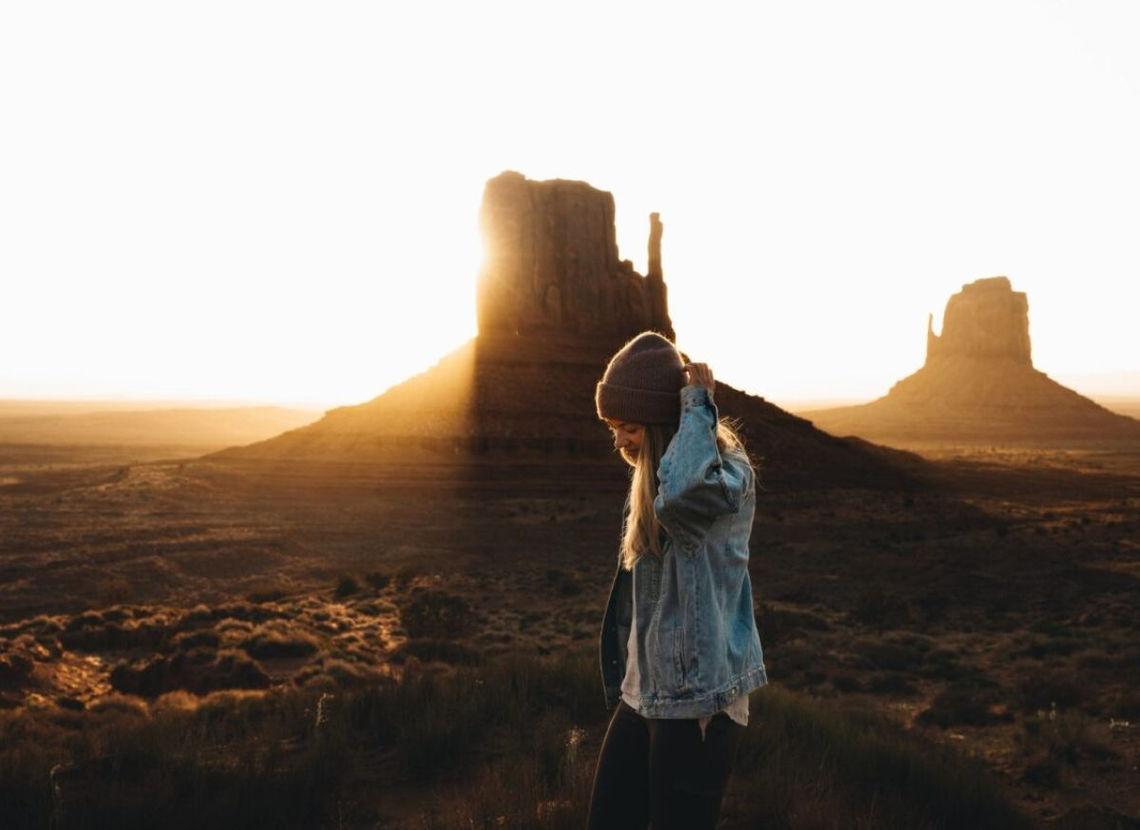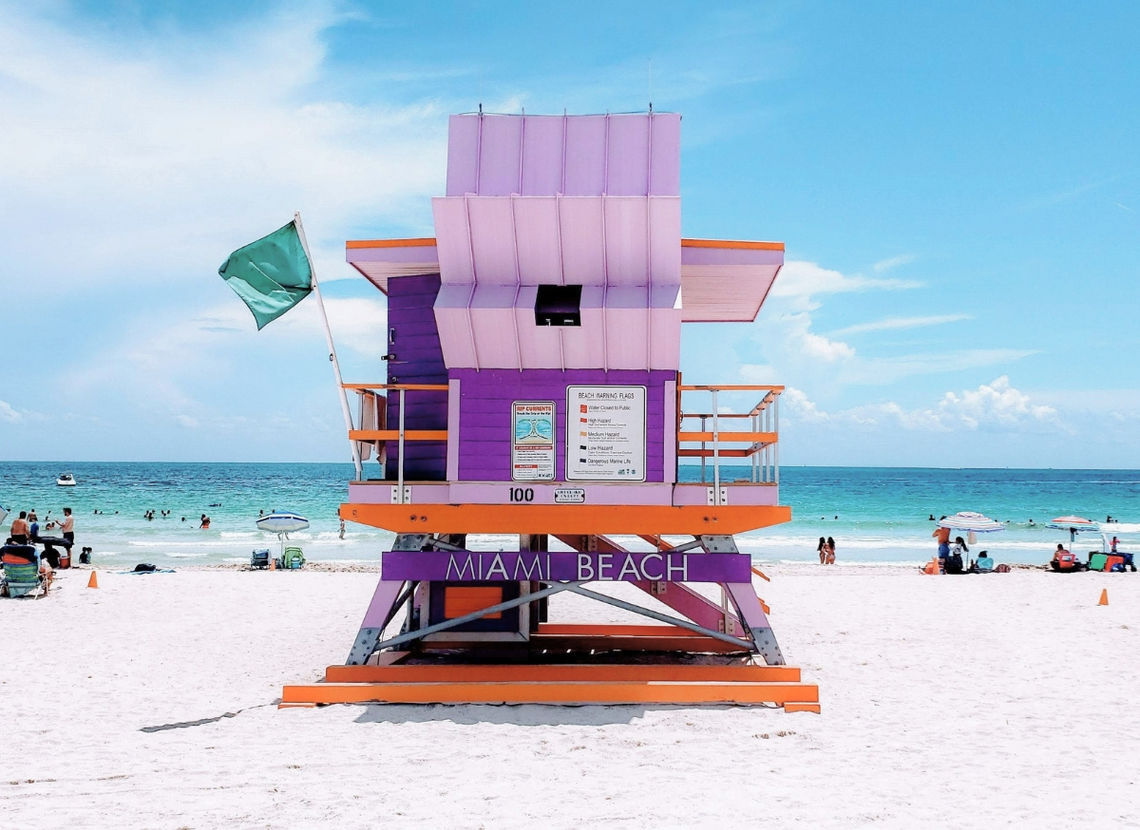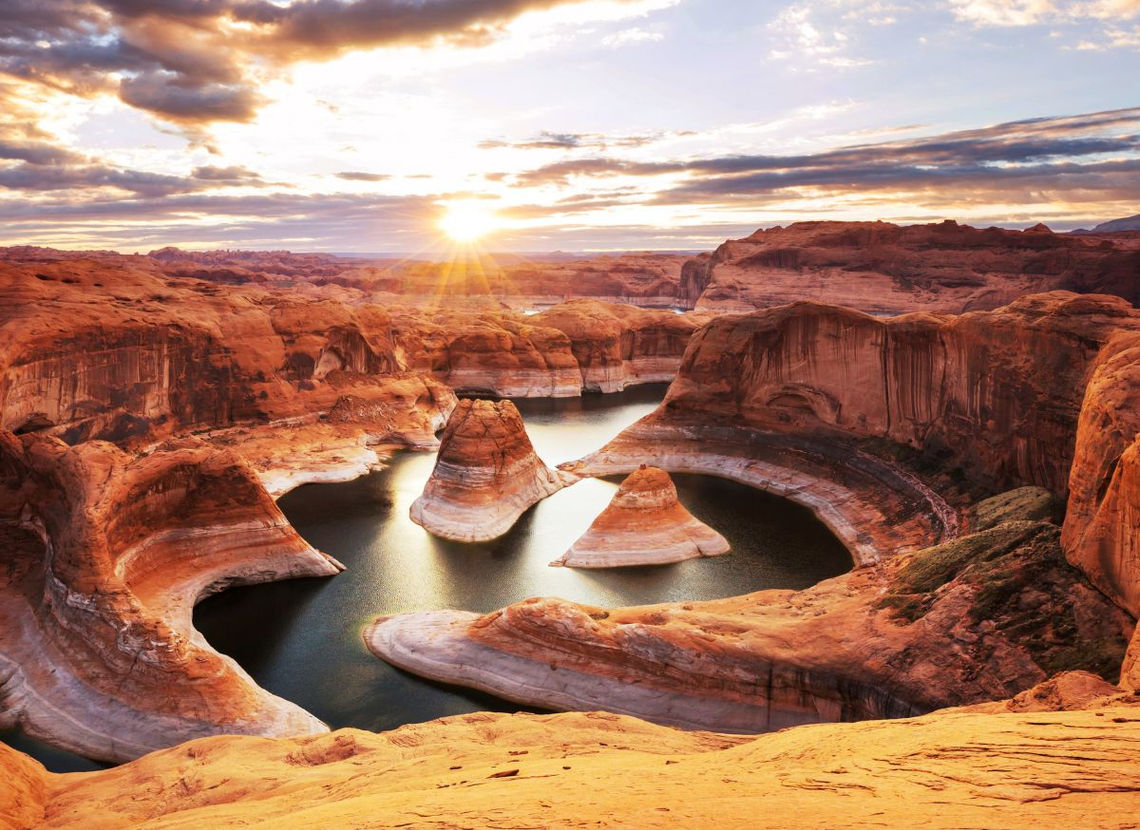

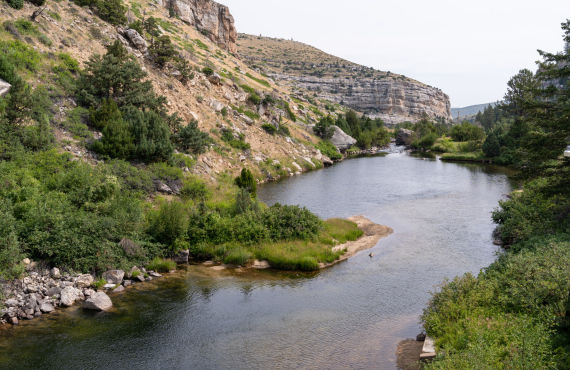
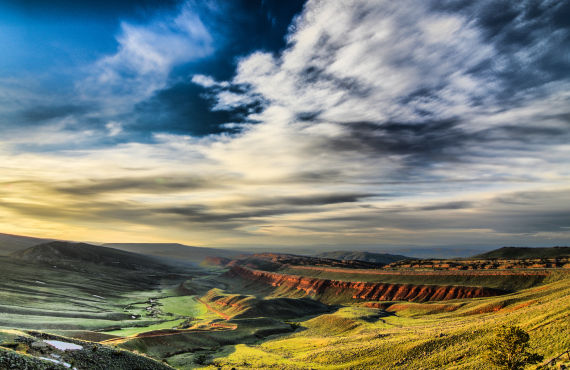
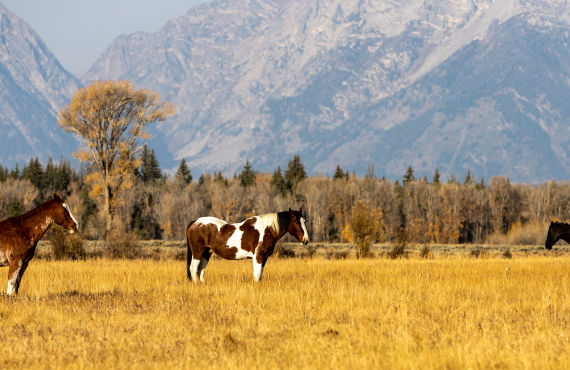
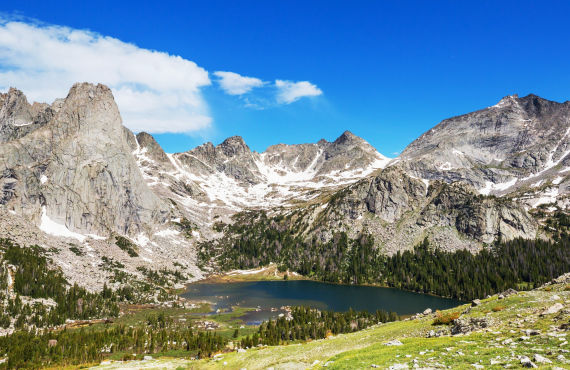
What to do
- Noteworthy
- Worth the detour
- Must see
The best adventures in Wyoming start in Wind River Country. In addition to being home to the mountain range of the same name, the Wind River region is made up of several towns, villages and the Wind River Native American Reservation. The communities are diverse, reflecting the history that created them. A bit of the Wild West combined with mining towns, a military post and Native American culture. Today, you'll still find that diverse, independent spirit to welcome you. Although meant as a simple stopover town linking the Colorado Rockies and Wyoming's famous Tetons, this is a place well worth discovering.
Lander is a town that offers a variety of activities due to its picturesque location and access to mountains, rivers and surrounding nature. Stroll down historic Main Street and enjoy art galleries, unique boutiques and local restaurants and microbreweries.
Sinks Canyon State Park is a popular hiking area with impressive views and rock formations. Explore the area, including the Popo Agie River, which disappears into a limestone gorge called The Sinks only to reappear a few kilometers downstream in a resurgence called The Rise. The park also offers picnic areas and wildlife-viewing opportunities.
Just outside of town in Lander is the Fremont Country Pioneer Museum. Come learn about the local history with exhibits on the lives of early settlers, Native Americans and the region's history.
A little further north lies the town of Riverton, at the confluence of the Big River and the Little Wind River. The Wind River Heritage Center has exhibits on Native Americans, local wildlife, early settlers and the history of the region. The Wind River is popular for canoeing, kayaking, fishing or simply relaxing by the water.
NEARBY
Red Canyon
24 miles south of Lander, Wyoming, sur l'autoroute 28, lies one of Wyoming's most scenic vistas : Red Canyon.
Red Canyon was formed over 60 million years ago during the uplift of the Wind River Range. As the softer sedimentary rocks tilted, the more easily eroded rocks were removed by water, creating the canyon as we see it today.
Stop at the scenic overlook at the top of the canyon rim and admire the view spreading before your eyes.












